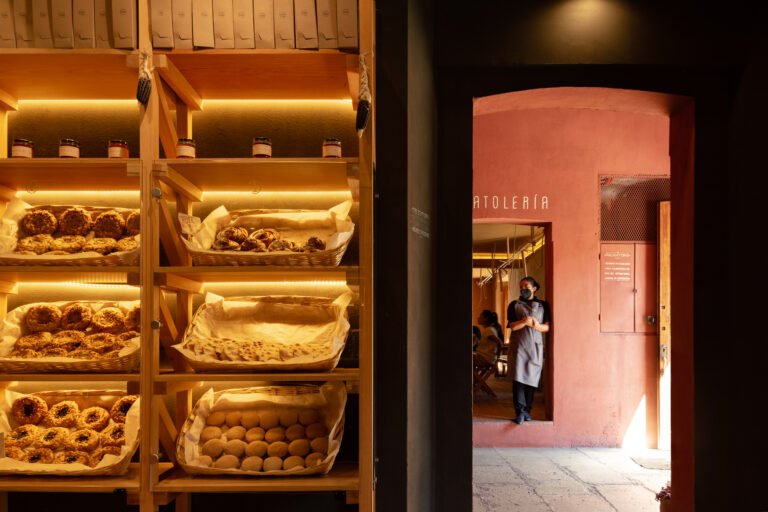Accessibility and Equity of Opportunity in 7 Educational Spaces
Accessibility and Equity of Opportunity in 7 Educational Spaces

As democratizing catalysts, educational spaces play a fundamental role in shaping individuals and entire communities. These places, where students spend a significant amount of time developing their capabilities, skills, and competencies, are more than a background for the promotion of a fundamental right, they are key elements to providing equal opportunities for all.
Open and common facilities, such as schoolyards, courtyards, and auditoriums are great examples of how spaces can encourage students, teachers, parents, and community members to learn with each other in an active dialogue. Flexibility and accessibility are two other key points to promote the democratization of both design and education, as seen in programs that go beyond school time and encourage communities to participate, for example.
By increasing access and equity of opportunity, the projects presented below are great examples of how architecture can enhance the democratic value of educational spaces through different perspectives.
Walirumana Ethno Educational Center / Salba
Uribia, Colombia
“The ethnoeducation and entrepreneurship centers materialize the three pillars of the foundation in charge of the project, Proyecto Guajira. Education, development, and basic social assistance are essential to generate a real change, and under this premise, an architecture model is proposed that aims to impact various communities in the upper Guajira by providing adequate space for these activities.”


Jadgal Elementary School / Daaz Office
Seyyed Bar, Iran
“Finally, by challenging the political and social concept of the boundary (The Wall) between free will and coercion in the presence of the school – in a society traditionally dominated by tyranny – it was able to overwhelm the mental majority of most villagers – who initially opposed the Construction of the wall and make the school the center of the neighborhood and gathering of all residents. An exercise to influence architecture in the transition to democracy.”


La Felicidad School / FP arquitectura
Bogota, Colombia
“The courtyards of various scales (courtyard-classrooms, recess courtyards and the big main courtyard) are conceived as spaces for democratic life, permitting the encounter and recognition of the students and the teachers as a part of an academic community, and in a wider sense, as citizens.”


Ultimo Public School / DesignInc + Lacoste + Stevenson + bmc2 architectes
Ultimo, Australia
“To maximize useable space, all terraces and rooftops become gardens or play spaces, allowing the teaching spaces to connect directly to outdoor spaces. Each playground has its own unique atmosphere adapted to its use. The provision of access to spaces for local community use has ensured that the school is a vibrant new space for the whole community even outside school hours.”


Alto Anapati Preschool / Semillas
Alto Anapati, Peru
“Finally, one of the main reflections from this project was about the role that a public infrastructure plays in a rural community in the jungle. The school must be understood as a space not only in its physical construction but also in its symbolic construction of belonging, identity, and struggle for the right to other ways of living.”


School in Chuquibambilla / AMA + Bosch Arquitectos
Chuquibambilla, Peru
“More than just a place of education during school hours, the school seeks to be a place of development and exchange for the whole community, always alive, where parents, students and teachers can meet for study and recreation.”


Jerusalen de Miñaro Primary School / Semillas
San Martín de Pangoa, Peru
“The purpose of the project was to create a “democratic space,” in which children, youth, and adults would be able to dream and plan their desired futures. As such, we proposed an integrated methodology involving the cooperation of different national and international institutions, and directly involved the community in every phase of the project.”


Note: The quoted texts were extracted from the descriptions of each project, sent by the respective architects.
This article is part of the ArchDaily Topics: Democratization of Design. Every month we explore a topic in-depth through articles, interviews, news, and projects. Learn more about our ArchDaily topics. As always, at ArchDaily we welcome the contributions of our readers; if you want to submit an article or project, contact us.





